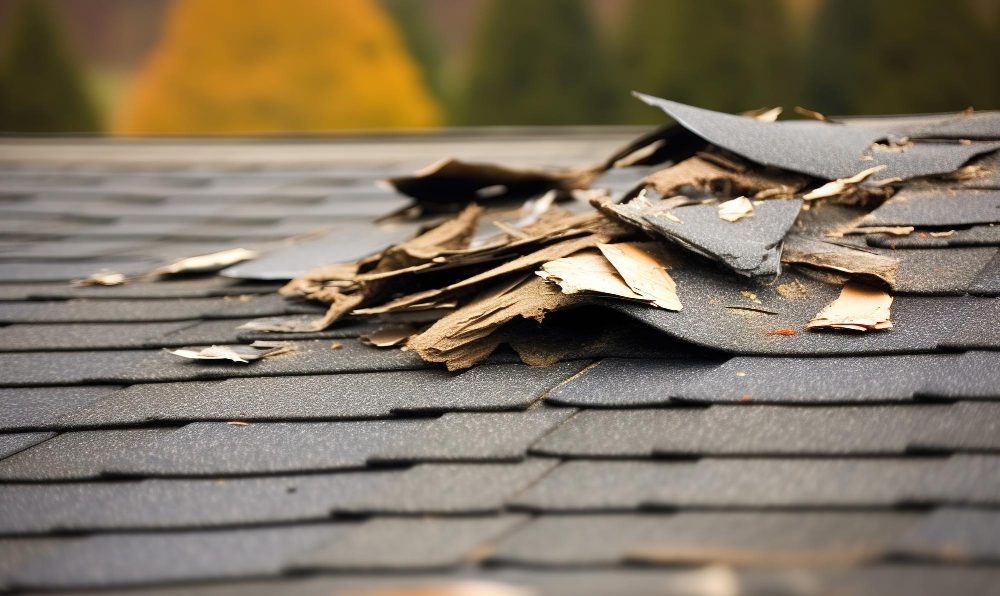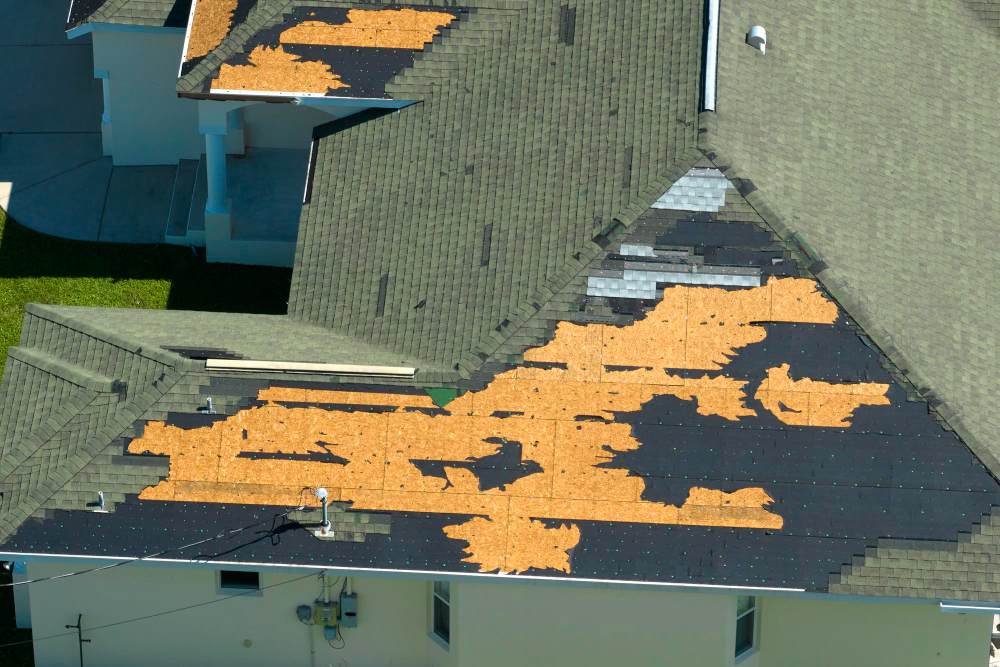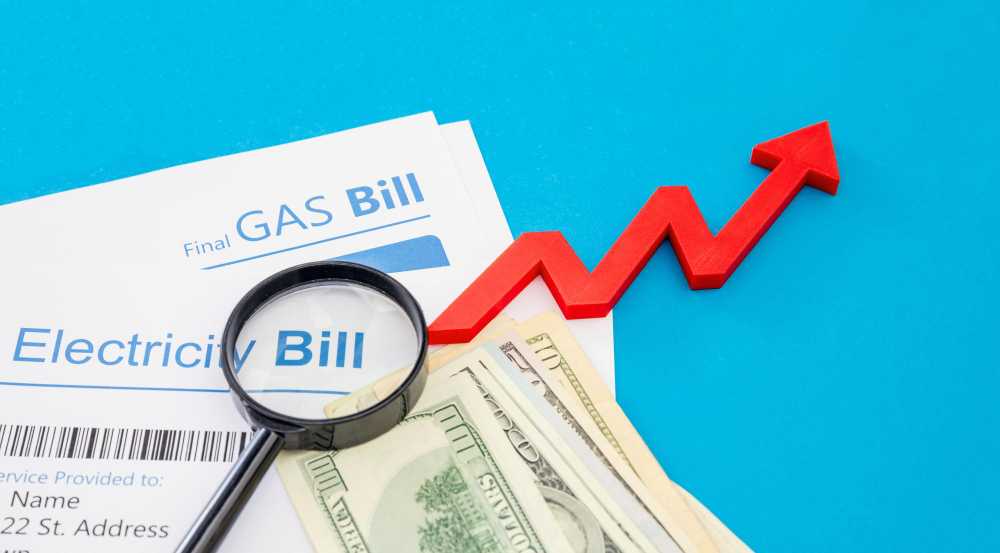Last updated on
Are you feeling uncertain about whether it’s time to replace the roof of your home? Although there is no set period when roofs necessarily need replacing, evaluating your roof regularly and taking preventative steps can let you know when to spring for a new one.
Knowing when replacement is necessary will save you money in the long run – not only by avoiding damage but also by using energy-efficient materials that will lower your energy costs. Keep reading to learn what signs indicate it’s time for a brand-new roof!
Signs of Roofing Wear and Tear

The first sign that it’s time for a new roof is if you start seeing damage to your current one. This could be anything from shingles falling off, to water leaking into your home.
The team behind Top Notch Roofing says that working with a professional roofing company to evaluate your roof can help pinpoint specific damage and determine the best course of action. Not all damages require an entire new roof, so it’s important to get an expert opinion. This will also help you plan and budget for the cost of roof replacement.
Roof Leaks and Water Damage

Roof leaks are often a clear indicator that your roof needs attention. If you notice water stains on your ceilings or walls, it could mean that water is seeping through your roof and causing potential damage to your home’s structure. Water damage can lead to serious issues like mold growth, structural instability, and decreased energy efficiency.
Additionally, water leaks can lead to increased utility bills as your home’s insulation becomes damp and loses its effectiveness. It’s essential to address roof leaks promptly to prevent further damage and costly repairs. If leaks are frequent or large, it may be a sign that a roof replacement is necessary.
Missing or Damaged Shingles

Another sign that your roof may need replacing is missing or damaged shingles. Shingles protect your roof from water damage and help maintain the energy efficiency of your home. Over time, they can become loose or damaged due to harsh weather conditions, such as hail storms or high winds.
If you notice shingles that are cracked, broken, or missing altogether, this is a clear indicator that your roof is not fully protecting your home. While small areas of shingle damage can be repaired, widespread or recurring issues may signal that a total roof replacement is necessary. Remember, early detection and repair can prevent further damage and help extend the lifespan of your roof.
Increased Energy Bills and Insulation Issues

A sudden increase in your energy bills could be a sign that your roof needs replacing. When a roof is compromised, it can lose its ability to properly insulate your home, causing your heating or cooling system to work harder to maintain a comfortable temperature. This results in increased energy consumption and, consequently, higher energy bills.
Additionally, if you notice that some rooms in your home are too hot or too cold, it could be due to poor insulation resulting from a deteriorating roof. Consulting with a roofing professional can help you determine if these issues are roof-related and if a roof replacement is the most cost-effective solution.
Sagging or Uneven Rooflines
A sagging or uneven roofline is a serious indication that your roof may need immediate replacement. This sagging could potentially be caused by long-term water damage, structural issues, or even substandard roofing materials. Over time, these issues can lead to significant structural damage that can compromise the safety of your home.
If you notice a dip, curve, or unsymmetrical appearance in your roofline, it’s advisable to contact a roofing professional immediately. They can identify the root cause of the problem and provide a thorough evaluation. If the sagging is extensive or the supporting structures are damaged, a complete roof replacement will likely be recommended.
Algae, Moss, and Fungus Growth
Algae, moss, and fungus growth are not just mere cosmetic issues – they may indicate underlying roof problems and can lead to serious damage if left untreated. These growths thrive in damp, shaded regions and can be a sign of trapped moisture, which can damage your roof over time. Algae and moss can cause shingles to lift or curl, making your roof more susceptible to wind and water damage.
Extensive growth can impact the efficiency of your roof by preventing it from reflecting sunlight, leading to higher cooling costs during the summer months. If your roof shows signs of algae, moss, or fungus growth, it may be time to consider a full roof replacement, particularly if these growths have spread over a large area. Professional roofers can help you assess the severity of these conditions and recommend the best course of action.
The Takeaway
Various signs may indicate when it’s time for a roof replacement. By regularly evaluating your roof and addressing any damage promptly, you can prevent costly repairs and ensure the safety and energy efficiency of your home. If you notice any of these warning signs, don’t hesitate to contact a professional roofing company for a thorough evaluation.
Table of Contents




